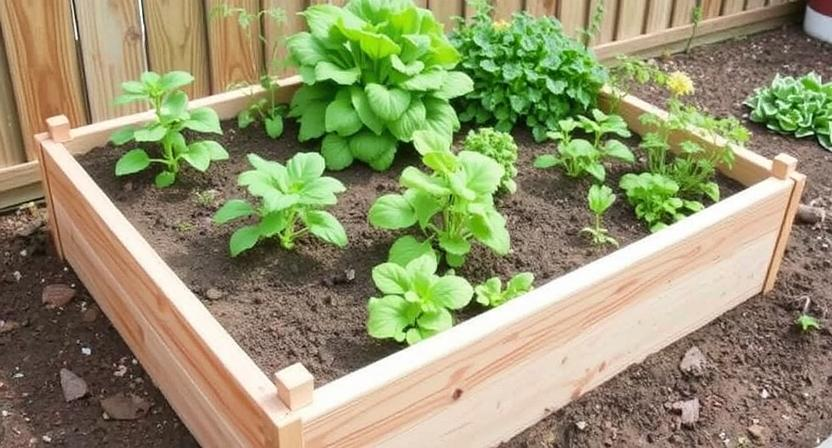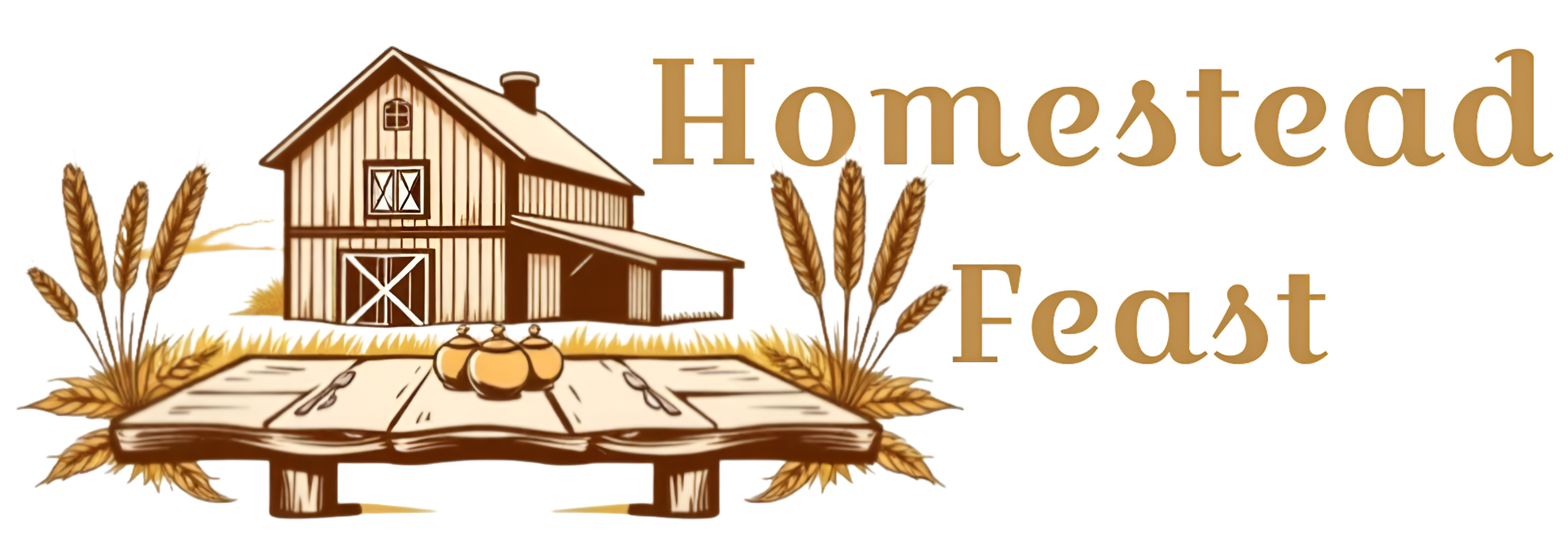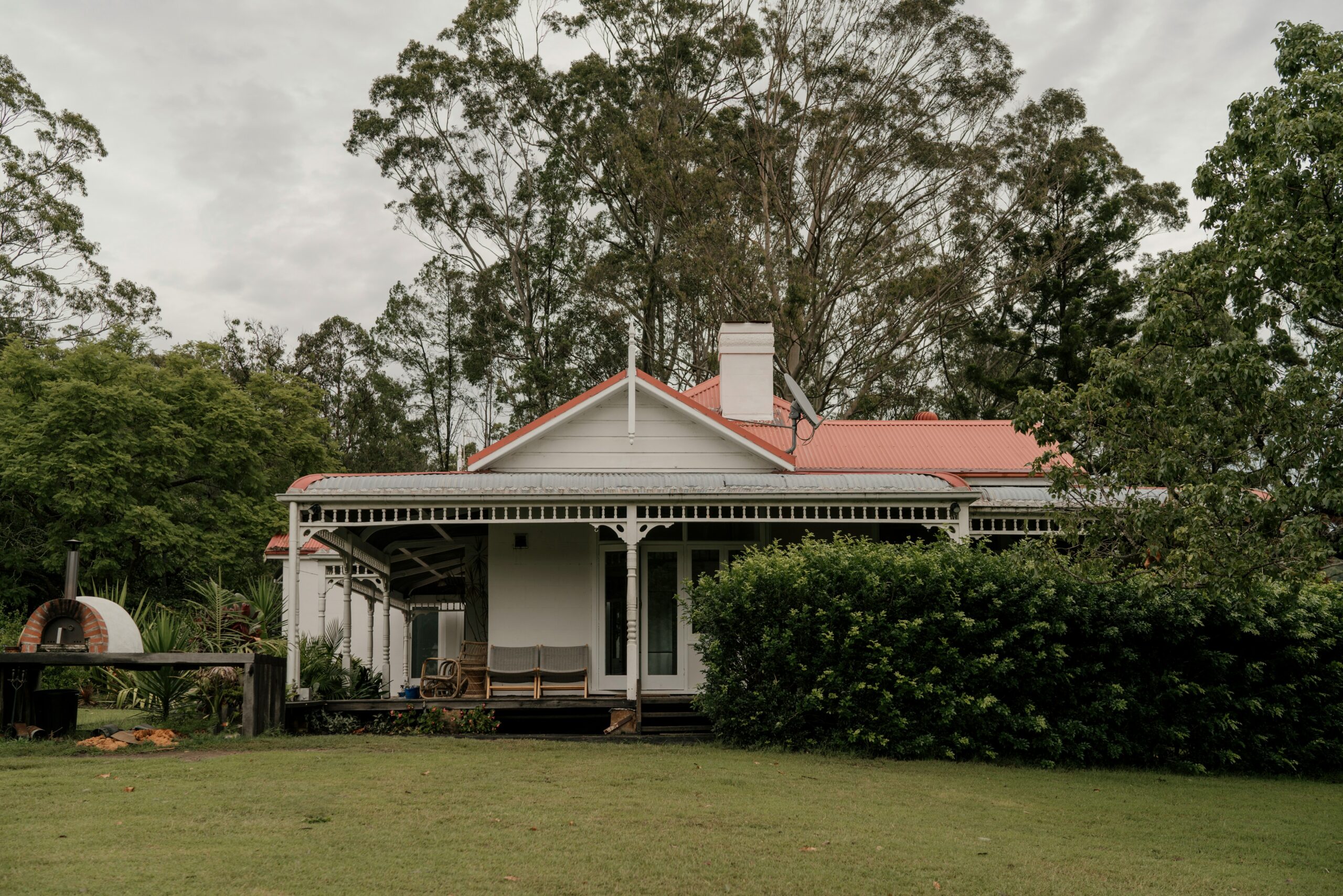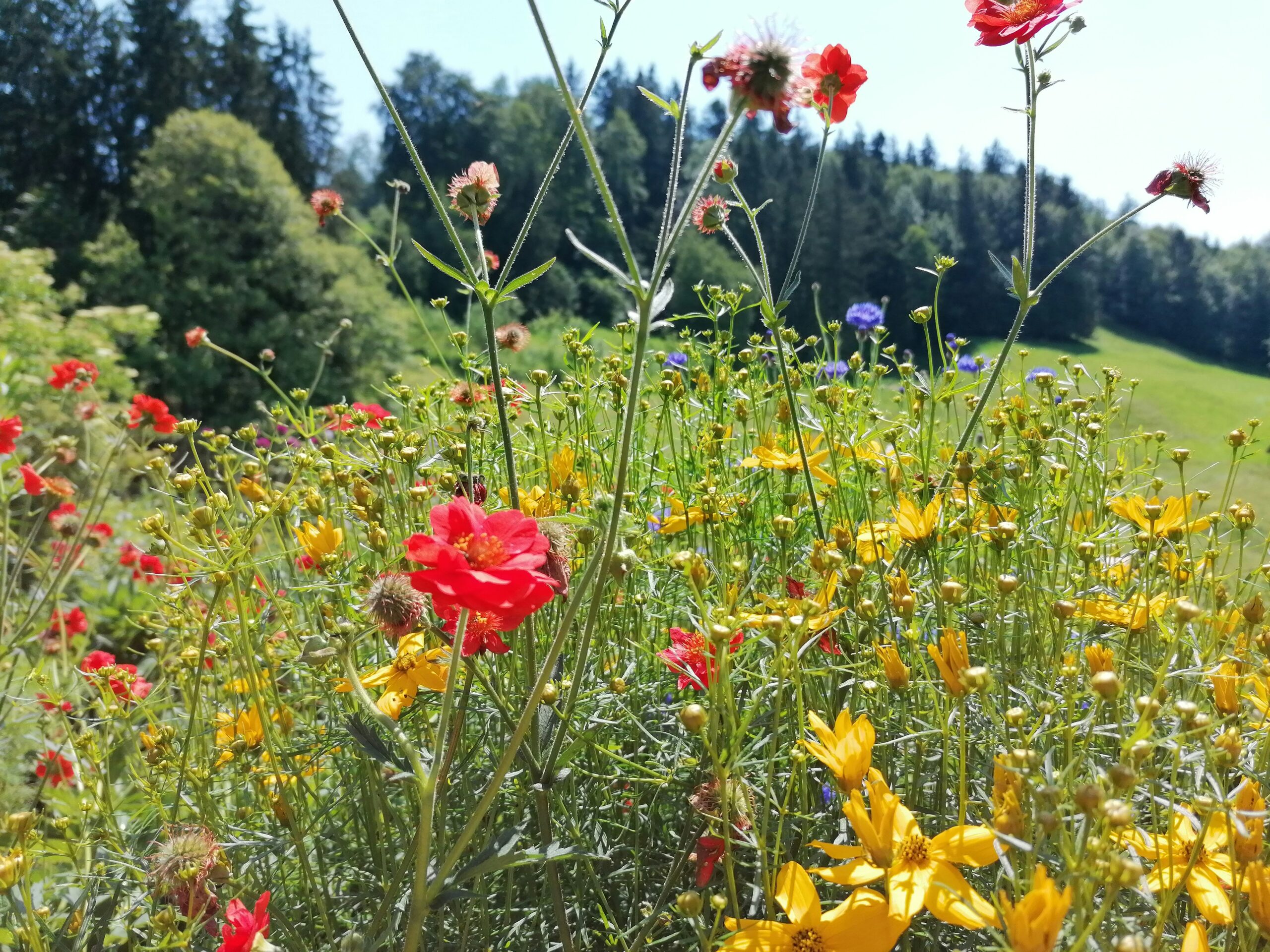DIY Raised Garden Beds: Affordable and Easy Options

Benefits of Raised Garden Beds

Raised garden beds offer a multitude of benefits to both novice and experienced gardeners. One of the primary advantages is improved soil quality, as these beds provide better drainage and aeration. This creates a healthier environment for plants to grow and flourish, leading to higher yields and healthier produce.
Additionally, raised garden beds help to minimize weed growth and soil compaction. By elevating the planting area, it becomes more difficult for weeds to take root and compete with your plants for nutrients and water. Furthermore, the raised design reduces the need for excessive tilling and digging, resulting in less soil compaction and damage to beneficial soil organisms.
• Improved soil quality with better drainage and aeration
• Higher yields and healthier produce due to optimal growing conditions
• Minimized weed growth and soil compaction
• Reduced competition for nutrients and water between plants and weeds
• Less tilling and digging required, leading to less soil compaction
• Preservation of beneficial soil organisms
Materials Needed for Building Raised Garden Beds
To build a raised garden bed, you will need the following materials: planks of wood, screws or nails, a saw, a power drill, a level, a measuring tape, and a square to ensure straight corners. If you choose to use cinder blocks, gather enough blocks to stack to your desired height, along with leveling sand and a rubber mallet to secure them in place. For those opting to use recycled materials, items such as old tires, pallets, or plastic containers can be repurposed into functional raised beds with some creativity and DIY skills.
When opting for a more traditional approach with bricks, make sure to have a sufficient amount to form the walls of your raised bed, along with mortar to hold them together. If using metal materials, acquire metal panels or roofing materials, as well as appropriate cutting tools to customize them to your desired dimensions. For those looking for a lightweight and versatile option, PVC pipes of various lengths can be used to create a sturdy frame for your raised bed.
• Planks of wood
• Screws or nails
• Saw
• Power drill
• Level
• Measuring tape
• Square
For cinder block raised garden beds:
• Cinder blocks
• Leveling sand
• Rubber mallet
For recycled materials raised garden beds:
• Old tires
• Pallets
• Plastic containers
For brick raised garden beds:
• Sufficient amount of bricks
• Mortar
For metal materials raised garden beds:
• Metal panels or roofing materials
• Cutting tools
For PVC pipe raised garden beds:
• PVC pipes of various lengths
Choosing the Right Location for Your Raised Garden Beds
When selecting the ideal location for your raised garden beds, it is crucial to consider the amount of sunlight the area receives. Most vegetables and herbs thrive in a sunny spot that receives at least 6-8 hours of direct sunlight each day. Be mindful of any structures or trees that may cast shadows on your garden beds throughout the day, as this can impact the growth and development of your plants.
In addition to sunlight, assessing the proximity to a water source is essential when choosing the location for your raised garden beds. To ensure your plants receive an adequate amount of water, it is convenient to have easy access to a water supply for watering purposes. Consider the convenience of reaching the water source with a hose or watering can when planning the layout of your raised garden beds.
• When selecting the ideal location for your raised garden beds, consider the amount of sunlight the area receives
• Vegetables and herbs thrive in a sunny spot with at least 6-8 hours of direct sunlight each day
• Be mindful of structures or trees that may cast shadows on your garden beds
• Assess the proximity to a water source when choosing the location for your raised garden beds
• Ensure easy access to a water supply for watering purposes
• Consider convenience of reaching the water source with a hose or watering can in your layout planning
Building Raised Garden Beds with Wood
When it comes to building raised garden beds, using wood is a popular choice due to its availability, affordability, and ease of use. Cedar and redwood are commonly recommended for their natural resistance to rot and insects, making them ideal for outdoor garden projects. When selecting wood for your raised garden beds, opt for untreated or naturally rot-resistant lumber to ensure the longevity of your beds.
To begin building your raised garden beds with wood, start by measuring and cutting the boards to the desired size. Assemble the boards into a rectangular shape, securing them at the corners with galvanized screws or nails. Consider adding bracing in the corners for extra stability and durability. Once your raised garden bed frame is constructed, choose a suitable location in your garden, ensuring it receives adequate sunlight and drainage for optimal plant growth.
• When selecting wood for raised garden beds, opt for cedar or redwood due to their natural resistance to rot and insects
• Use untreated or naturally rot-resistant lumber to ensure longevity of the beds
• Measure and cut boards to desired size before assembling into a rectangular shape
• Secure corners with galvanized screws or nails for stability
• Consider adding bracing in the corners for extra durability
• Choose a location in your garden that receives adequate sunlight and drainage for optimal plant growth
Building Raised Garden Beds with Cinder Blocks
Cinder blocks are a popular choice for building raised garden beds due to their affordability and durability. To start, lay out the cinder blocks in a rectangular shape to form the perimeter of the bed. Make sure to leave openings at the corners for drainage. Next, stack the blocks on top of each other, making sure they are level and secure. This construction method allows for easy customization of the bed’s dimensions to suit your gardening needs.
Once the cinder blocks are in place, fill the bed with a mixture of high-quality soil and organic compost. This will provide a healthy growing environment for your plants and help retain moisture. Consider adding a layer of mulch on top to further improve moisture retention and suppress weed growth. Cinder block raised garden beds are not only functional but can also add a stylish and modern look to your garden space.
• Lay out cinder blocks in a rectangular shape
• Leave openings at corners for drainage
• Stack blocks on top of each other, ensuring they are level and secure
• Customize bed dimensions to fit gardening needs
• Fill bed with high-quality soil and organic compost mixture
• Add mulch on top for moisture retention and weed suppression
• Cinder block beds are functional and add a stylish look to your garden space
Building Raised Garden Beds with Recycled Materials

When it comes to building raised garden beds, utilizing recycled materials can be a sustainable and cost-effective option. Not only does repurposing materials help reduce waste in landfills, but it also adds a unique charm to your garden space. From old wooden pallets and shipping crates to discarded metal drums and used tires, there are a variety of items that can be repurposed for constructing raised beds.
One creative way to build raised garden beds with recycled materials is by using old wine barrels. These barrels not only add a rustic aesthetic to your garden but also provide a sturdy and durable structure for planting. By cutting the barrels in half and filling them with soil, you can create a visually appealing and functional raised bed that is sure to be a conversation starter in your garden.
• Old wooden pallets and shipping crates
• Discarded metal drums
• Used tires
Another option for building raised garden beds with recycled materials is to repurpose old bricks or concrete blocks. These sturdy materials can be stacked to create a solid foundation for your raised beds. By arranging the bricks or blocks in a desired layout and filling the gaps with soil, you can easily customize the size and shape of your raised bed to fit your gardening needs.
In addition to using wine barrels, old bricks, and concrete blocks, you can also consider repurposing plastic containers or buckets as raised garden beds. Simply drill holes in the bottom of the containers for drainage, fill them with soil, and plant your favorite herbs, flowers, or vegetables. This budget-friendly option not only reduces waste but also allows you to get creative with different container shapes and sizes for a unique look in your garden space.
By thinking outside the box and exploring various recycled materials, you can build raised garden beds that are not only environmentally friendly but also add character and charm to your outdoor space. Whether you choose wine barrels, old bricks, plastic containers, or any other repurposed items, creating sustainable raised beds is a rewarding way to enhance your gardening experience while minimizing waste impact on the environment.
Building Raised Garden Beds with Bricks
Bricks are a popular choice for building raised garden beds due to their durability and classic aesthetic appeal. When constructing a raised garden bed with bricks, it is important to first determine the size and shape of the bed you want to create. Lay out the area where the bed will be located and begin stacking the bricks on top of each other to form the walls of the bed.
Once the walls are in place, use a level to ensure that the bricks are even and secure. It is important to leave small gaps between the bricks to allow for proper drainage. After the walls are complete, fill the bed with a quality soil mix and begin planting your desired plants. Bricks can provide a long-lasting and attractive option for your raised garden bed, adding both functionality and visual appeal to your garden space.
• When choosing bricks for your raised garden bed, opt for ones that are weather-resistant and able to withstand outdoor conditions
• Consider using a layer of landscape fabric or plastic lining inside the bed to prevent soil erosion and weed growth
• To add extra stability to the walls of your raised garden bed, consider using mortar between the bricks
• Bricks can be easily customized to create different shapes and designs for your raised garden bed, adding a unique touch to your garden space.
Building Raised Garden Beds with Metal
When it comes to building raised garden beds with metal, there are various options to consider. Metal raised beds are durable, versatile, and can add a modern touch to your garden. Some common metal materials used for constructing raised garden beds include corrugated galvanized steel, aluminum, and corten steel. Each type of metal offers its own set of benefits, such as resistance to rust and longevity.
Metal raised garden beds are relatively easy to assemble and provide excellent drainage for your plants. They can also help regulate soil temperature, making them suitable for a wide range of plants throughout the year. Additionally, metal beds are sleek and can complement both traditional and contemporary garden designs. Be sure to choose a metal material that is safe for gardening purposes and avoid using treated metals that may contain harmful chemicals.
• Metal raised beds are durable and long-lasting
• Options include corrugated galvanized steel, aluminum, and corten steel
• Excellent drainage for plants
• Regulate soil temperature effectively
• Sleek design complements various garden styles
Building Raised Garden Beds with PVC Pipe
PVC pipes can be a versatile and affordable material for constructing raised garden beds. Their lightweight nature makes them easy to work with, and their durability ensures a long-lasting structure for your garden. When using PVC pipes for raised beds, you can create customized sizes and shapes to fit your gardening needs.
To build raised garden beds with PVC pipe, start by cutting the pipes to your desired lengths using a handsaw or PVC pipe cutter. Connect the pipes with elbow joints and T-joints to form the frame of the bed. Secure the joints with PVC glue for added stability. Once the frame is assembled, you can fill the bed with soil and start planting your favorite fruits, vegetables, or flowers.
• PVC pipes are versatile and affordable for constructing raised garden beds
• Lightweight nature makes them easy to work with
• Durability ensures a long-lasting structure for your garden
• Customized sizes and shapes can be created to fit gardening needs
To build raised garden beds with PVC pipe:
1. Cut the pipes to desired lengths using a handsaw or PVC pipe cutter
2. Connect the pipes with elbow joints and T-joints to form the frame of the bed
3. Secure the joints with PVC glue for added stability
4. Fill the bed with soil and start planting your favorite fruits, vegetables, or flowers
Building Raised Garden Beds with Rocks
Rocks can be a durable and visually appealing material for building raised garden beds. When used strategically, rocks can create a sturdy structure that adds a natural element to your garden space. To start, select rocks that are large and flat to create a solid base for your raised bed. Ensure that the rocks are stable and secure when stacked on top of each other to prevent any shifting or collapsing.
One benefit of using rocks for raised garden beds is their ability to retain heat from the sun, which can help extend the growing season for your plants. Additionally, rocks can provide good drainage for your garden bed, preventing waterlogging and root rot. When building with rocks, be mindful of creating a level surface to ensure even distribution of soil and water throughout the bed.
• Select large and flat rocks for a solid base
• Ensure rocks are stable and secure when stacked
• Rocks can retain heat from the sun, extending growing season
• Provide good drainage to prevent waterlogging and root rot
• Create a level surface for even distribution of soil and water
Building Raised Garden Beds with Straw Bales

Straw bales are a unique and sustainable option for building raised garden beds. They are relatively inexpensive and can be easily sourced from local farms or garden centers. When constructing raised garden beds with straw bales, it is important to choose bales that are tightly packed and free from mold or pests.
To build raised garden beds with straw bales, start by arranging the bales in the desired shape and size, ensuring they are placed on a level surface. Create a solid barrier around the outside of the bales to prevent them from spreading out as the straw decomposes over time. Once the structure is in place, fill the center of the bales with a nutrient-rich soil mixture before planting your desired vegetables or flowers. Straw bales provide excellent insulation for plant roots and can also help conserve moisture in the soil, making them an ideal choice for gardeners looking to maximize their growing season.
• When choosing straw bales for building raised garden beds, look for ones that are tightly packed and free from mold or pests
• Arrange the bales in the desired shape and size on a level surface
• Create a solid barrier around the outside of the bales to prevent spreading as they decompose
• Fill the center of the bales with nutrient-rich soil mixture before planting vegetables or flowers
• Straw bales provide insulation for plant roots and help conserve moisture in the soil
Building Raised Garden Beds with Concrete
Concrete is a durable and long-lasting material that can be used to build raised garden beds. When building raised garden beds with concrete, it is important to first lay a solid foundation to ensure stability and longevity. The concrete can be poured into the desired shape and size of the garden bed, allowing for a custom design that fits your gardening needs.
One benefit of using concrete for raised garden beds is its ability to retain moisture, which can be advantageous for plants that require consistent watering. Additionally, concrete can help to insulate the soil in the garden bed, extending the growing season in cooler climates. With proper construction and maintenance, raised garden beds made of concrete can provide a sturdy and reliable growing space for a variety of plants.
• When building raised garden beds with concrete, it is important to use rebar or wire mesh within the concrete to add strength and prevent cracking.
• Concrete raised garden beds can be designed to any height or shape, allowing for a personalized gardening space that fits your landscape.
• To prevent water from pooling in the bottom of the garden bed, drill drainage holes in the concrete before planting.
• Consider adding a layer of gravel at the bottom of the garden bed before filling with soil to improve drainage and prevent waterlogging.
Building Raised Garden Beds with Composite Materials
Building raised garden beds with composite materials is a popular choice for gardeners looking for a durable and low-maintenance option. Composite materials, such as recycled plastic and wood fibers, offer a long-lasting alternative to traditional wood beds. These materials are resistant to rot, insects, and weathering, making them ideal for year-round use in the garden.
Composite raised garden beds are available in various sizes, shapes, and colors, allowing you to customize your garden to suit your space and style preferences. Additionally, composite materials are eco-friendly as they are often made from recycled materials, making them a sustainable choice for environmentally-conscious gardeners. Whether you are a beginner or experienced gardener, building raised garden beds with composite materials can provide a strong and attractive foundation for your plants to thrive.
• Composite materials, such as recycled plastic and wood fibers, offer a long-lasting alternative to traditional wood beds
• These materials are resistant to rot, insects, and weathering
• Ideal for year-round use in the garden
• Available in various sizes, shapes, and colors for customization
• Eco-friendly option made from recycled materials
• Strong and attractive foundation for plants to thrive
Tips for Filling Your Raised Garden Beds
When it comes to filling your raised garden beds, starting with a good base is essential. Begin by layering the bottom with organic materials like leaves, straw, or compost to help with drainage and provide nutrients to your plants. This bottom layer acts as a foundation for the soil mix you’ll use in the rest of the bed.
Next, choose a high-quality soil mix that is well-draining but retains enough moisture for your plants to thrive. A common mixture for raised garden beds includes garden soil, compost, and vermiculite or perlite for aeration. Mix these ingredients thoroughly before filling your raised garden bed to ensure an even distribution of nutrients and aeration throughout the soil.
• Layer the bottom of your raised garden bed with organic materials like leaves, straw, or compost
• Choose a high-quality soil mix that is well-draining but retains enough moisture for your plants to thrive
• Common mixture includes garden soil, compost, and vermiculite or perlite for aeration
• Mix these ingredients thoroughly before filling your raised garden bed
Best Soil Mixes for Raised Garden Beds
When it comes to creating the ideal soil mix for your raised garden beds, it’s important to strike the right balance. The goal is to provide your plants with a nutrient-rich environment that promotes healthy growth and strong root development. One popular soil mix recipe for raised garden beds includes a combination of one-third garden soil, one-third compost, and one-third vermiculite or perlite. This mix provides a good balance of nutrients, drainage, and aeration for your plants to thrive.
Another option for a soil mix in raised garden beds is the “Mel’s Mix,” popularized by gardener Mel Bartholomew. This mix consists of one-third compost, one-third peat moss, and one-third coarse vermiculite. The peat moss helps retain moisture, the compost provides nutrients, and the vermiculite aids in drainage and aeration. Experimenting with different soil mixes can help you find the combination that works best for your specific plants and growing conditions.
• One popular soil mix recipe for raised garden beds includes a combination of one-third garden soil, one-third compost, and one-third vermiculite or perlite.
• Another option for a soil mix in raised garden beds is the “Mel’s Mix,” consisting of one-third compost, one-third peat moss, and one-third coarse vermiculite.
• Experimenting with different soil mixes can help you find the combination that works best for your specific plants and growing conditions.
Maintaining Your Raised Garden Beds

To keep your raised garden beds in good condition, regular maintenance is essential. One important aspect of maintenance is checking for any signs of wear and tear on the materials used to build the beds. Wood may need to be treated or replaced over time, while cinder blocks or bricks may require repositioning if they start to shift. Monitoring the overall structure of your raised garden beds will help prevent any issues from escalating.
In addition to inspecting the structural integrity of your raised garden beds, ongoing maintenance also involves tending to the soil within the beds. Over time, the soil may become depleted of nutrients, so adding compost or organic matter regularly is crucial to keep your plants healthy and thriving. Weeding is another important task to ensure that your plants have ample space and resources to grow without competition. Regularly checking for pests or diseases is also recommended to nip any potential problems in the bud before they spread.
• Check for signs of wear and tear on materials used to build the beds
• Treat or replace wood as needed
• Reposition cinder blocks or bricks if they start to shift
• Add compost or organic matter regularly to replenish soil nutrients
• Weed regularly to prevent competition for resources
• Monitor for pests and diseases and take action promptly
Watering Your Raised Garden Beds
When it comes to watering your raised garden beds, it is crucial to understand the specific watering needs of the plants you are cultivating. Different plants require varying levels of moisture, so it is essential to research and be aware of the watering requirements for each type of plant in your garden. Overwatering can lead to root rot and other water-related issues, while underwatering can result in stunted growth and poor yield.
One effective method to determine when to water your raised garden beds is by checking the soil moisture level. Stick your finger into the soil up to a few inches deep – if it feels dry, it’s time to water. Additionally, investing in a moisture meter can provide more accurate readings of the soil’s moisture content, helping you make informed decisions about when and how much to water your plants. Remember that it is better to water deeply and less frequently to encourage deep root growth and overall plant health.
• Stick your finger into the soil up to a few inches deep to check for dryness
• Invest in a moisture meter for more accurate readings of soil moisture content
• Water deeply and less frequently to encourage deep root growth
• Research and be aware of the specific watering needs of each type of plant in your garden
Mulching Your Raised Garden Beds
Mulching your raised garden beds is an essential step in maintaining a healthy and productive garden. Mulch helps to retain moisture in the soil, suppress weeds, and regulate soil temperature. Additionally, as the mulch breaks down, it adds organic matter to the soil, enriching it and providing nutrients for your plants.
When choosing a mulch for your raised garden beds, consider options such as straw, wood chips, shredded leaves, or compost. Make sure to apply a layer of mulch that is several inches thick to effectively suppress weeds and retain moisture. Avoid piling mulch up against plant stems as this can promote disease and pest issues. Keep an eye on your mulch throughout the growing season and add more as needed to maintain adequate coverage and benefits for your plants.
• Mulching your raised garden beds helps retain moisture, suppress weeds, and regulate soil temperature
• As mulch breaks down, it enriches the soil with organic matter and nutrients
• Options for mulch include straw, wood chips, shredded leaves, or compost
• Apply a thick layer of mulch to effectively suppress weeds and retain moisture
• Avoid piling mulch against plant stems to prevent disease and pest issues
• Monitor mulch throughout the growing season and add more as needed
Planting in Your Raised Garden Beds
When it comes to planting in your raised garden beds, there are a few key things to keep in mind to ensure successful growth of your plants. Firstly, make sure to follow the planting instructions for each type of vegetable, flower, or herb you are growing. Different plants have different spacing and depth requirements, so be sure to read up on their specific needs before planting.
Additionally, consider rotating your crops each season to prevent nutrient depletion in the soil and reduce the risk of pests and diseases. By rotating your crops, you can help maintain the health of your plants and increase your overall garden yield. A simple crop rotation plan can involve moving plants from one raised bed to another each season, following a pattern that prevents planting the same type of crop in the same location year after year.
• Follow planting instructions for each type of plant
• Different plants have different spacing and depth requirements
• Read up on specific needs before planting
• Rotate crops each season to prevent nutrient depletion in the soil
• Reduce risk of pests and diseases
• Maintain health of plants and increase overall garden yield
A simple crop rotation plan:
• Move plants from one raised bed to another each season
• Follow a pattern that prevents planting the same type of crop in the same location year after year
Harvesting from Your Raised Garden Beds
When it comes to reaping the rewards of your raised garden beds, timing is key. Make sure to harvest your fruits, vegetables, and herbs at their peak ripeness to enjoy the best flavors and nutrients they have to offer. Check regularly for ripe produce and pick them promptly to encourage continuous growth.
To make the most of your harvest, it’s important to handle your crops with care. Use sharp pruners or shears to avoid damaging the plants and ensure a clean cut. Be gentle when handling delicate fruits and vegetables to prevent bruising or spoilage. Proper harvesting techniques will not only maximize your yield but also promote healthy plant growth throughout the season.
• Be sure to harvest your fruits, vegetables, and herbs at their peak ripeness
• Check regularly for ripe produce and pick them promptly
• Use sharp pruners or shears to avoid damaging the plants
• Handle delicate fruits and vegetables gently to prevent bruising or spoilage
• Proper harvesting techniques will maximize your yield and promote healthy plant growth




